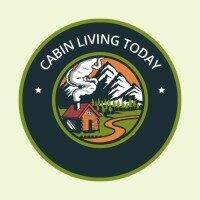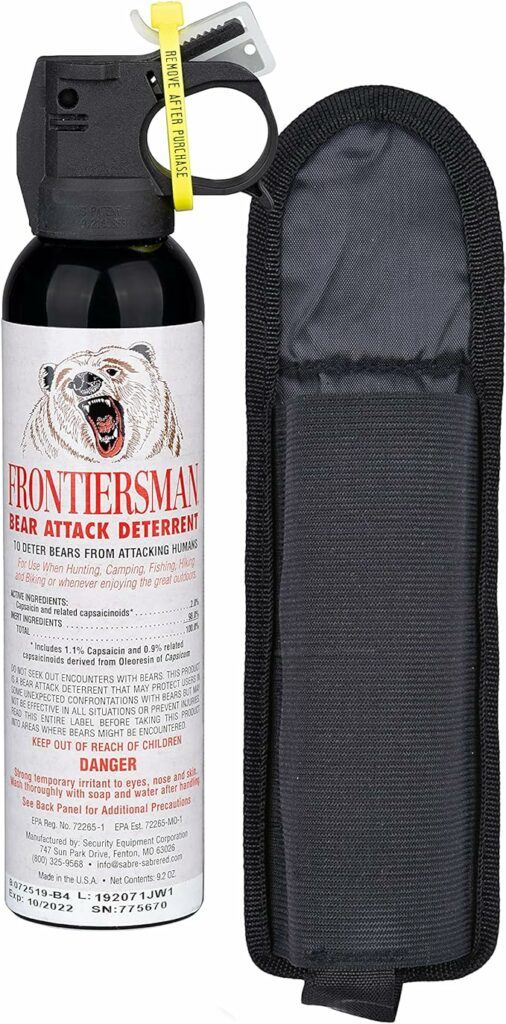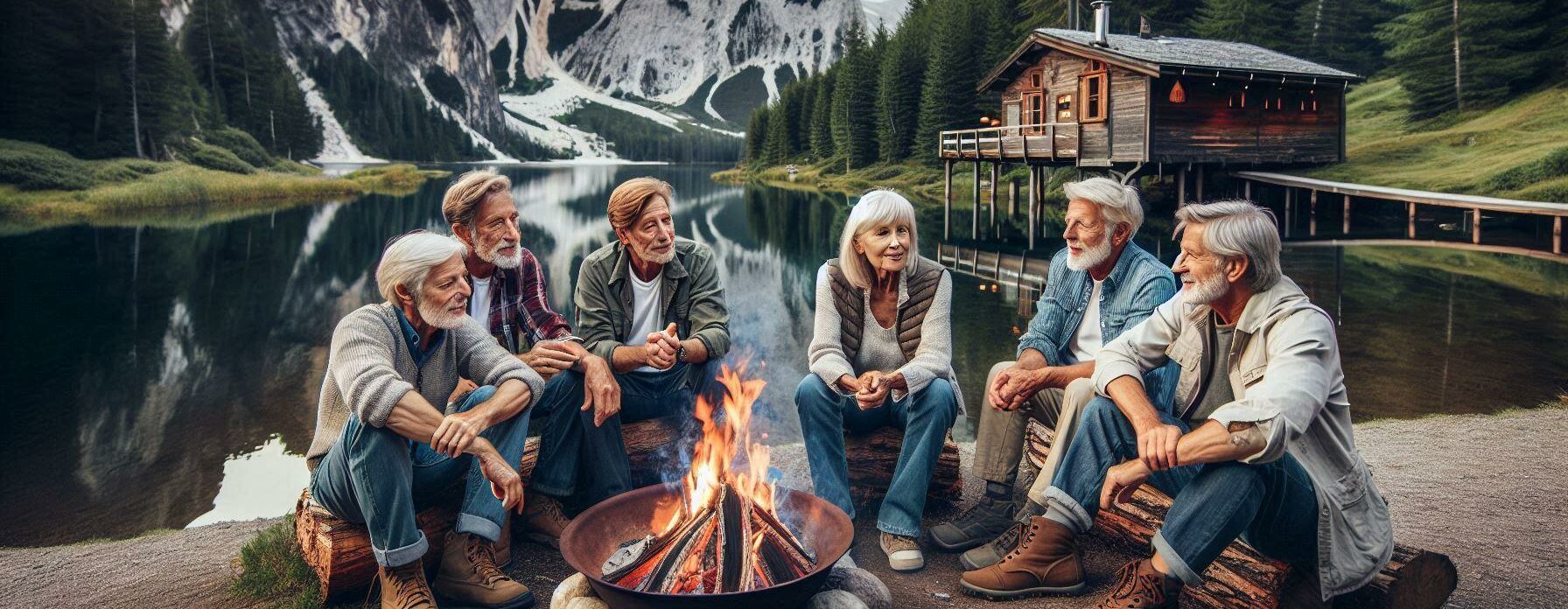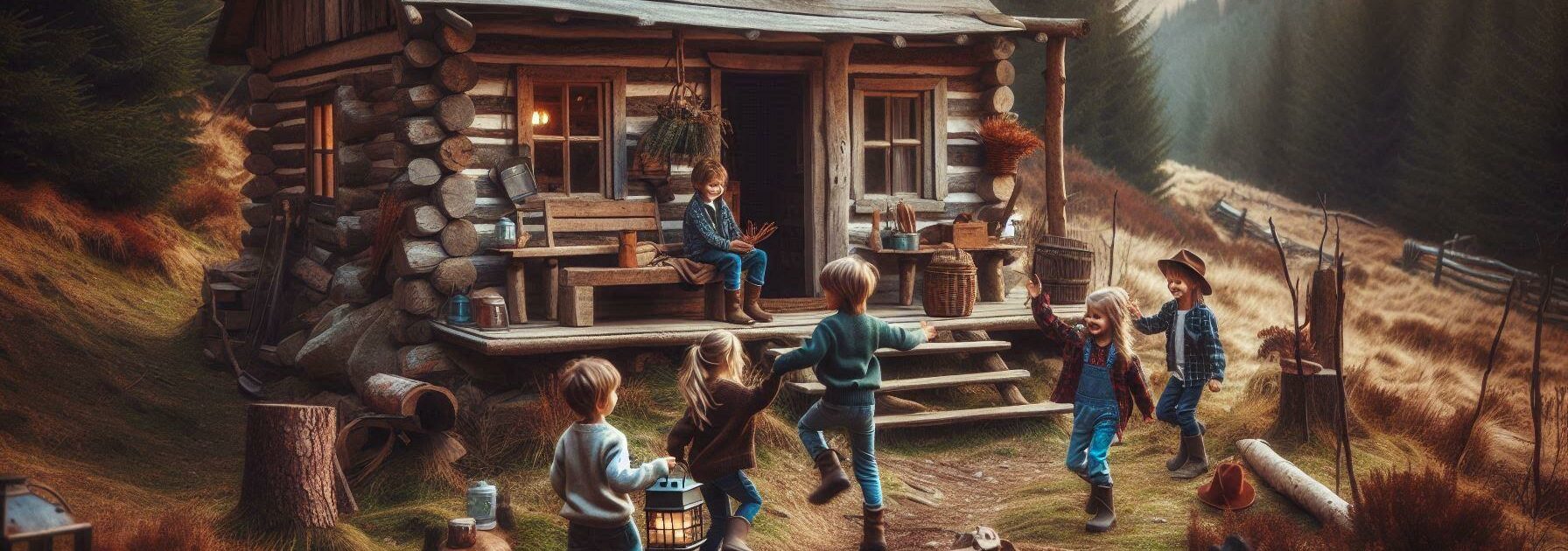I’m going to kick things off by talking about how to share the great outdoors with our furry counterparts without putting ourselves or the bears at unnecessary risk. Knowing where bears are likely to be found is your first line of defense. They’re typically in wooded areas, near water sources, or where there’s plenty of food – which can sometimes mean your campsite.
You might be wondering just how common bear encounters are. Well, while incidents are relatively rare, they can and do happen. Statistically speaking, you’re more likely to be struck by lightning than be attacked by a bear, but that’s no reason to throw caution to the wind.
Getting to know the bears in your neck of the woods can make a world of difference. In North America, for example, we mainly deal with black bears and grizzly bears. Each species has distinct behaviors and requires specific strategies for safe interaction. Black bears are widespread and usually less aggressive, while grizzlies, less common, can be more defensive, especially when cubs are present. (I do not think you want to get to know them quite this much…Ha Ha)

This isn’t just about staying safe, it’s also about respecting these magnificent creatures and their natural habitat. When we venture into bear country, we’re the visitors, and it behooves us to be good guests. We need to understand their space, their routines, and how to steer clear without causing them any harm.
Now, if you’re planning a trip into bear territory, you’re going to want to be prepared. That’s where the next section comes into play. I’ll guide you through making sure you have the right gear, how to store your food to prevent attracting bears, and what steps to take to minimize the chance of an unfriendly bear encounter. Staying informed and equipped is the best strategy for a safe and enjoyable outdoor adventure.
Preparation and Prevention: The Essentials Before You Explore
I’m going to be straight with you: venturing into bear country requires some homework and preparation. This isn’t just about packing a sandwich and a map; it’s about making safety the number one priority on your list. I’m here to help you with exactly what that means.
You’ll want to start by researching recent bear activity in the area you’re planning to visit. Many parks and wildlife services offer updates on bear sightings and advice on particularly active zones. Avoiding surprises is key, so make sure you’re clued in.
Next up, let’s talk deterrents. Bear spray is a non-negotiable. It’s been proven to be effective at deterring aggressive bears when used correctly. Make sure it’s EPA-approved and that you know how to use it—practice makes perfect, after all.
Now, about what you wear and carry with you. Choose something that resonates with you in terms of comfort, but ensure it’s also practical for quickly accessing bear spray or making noise to deter curious bears. Your food? Store it in bear-proof containers or bags, and never leave it unattended.
Finally, you’re going to want to plan your route carefully. Let someone know where you’re going and when you plan to return. It’s always better to be safe than sorry, and this helps ensure someone can raise the alarm if you don’t come back on schedule.
Alright, let’s say you’ve done all your preparation, but despite your efforts, you come face-to-face with a bear. That’s going to include staying calm and understanding the proper protocols, which you’re going to find out about in the next section.
In the Moment: How to Respond to a Bear Encounter
Imagine you’re hiking through the forest, the air crisp and refreshing. Suddenly, you spot a bear. Your heart might skip a beat, but I’m here to help you with exactly what to do in that situation. This isn’t just about staying calm; it’s also about making the right moves to stay safe.
First things first, if you see a bear but it hasn’t seen you, quietly back away and leave the area. If the bear has noticed you, make your presence known by speaking in a calm, assertive tone. Wave your arms slowly – you want to appear larger and non-threatening.
Now, about bear behavior. If a bear stands on its hind legs, it’s often trying to get a better look at you or catch your scent – it’s not necessarily a sign of aggression. However, if a bear is popping its jaws, stomping the ground, or making ‘woofing’ noises, consider this a warning.
Got bear spray? If the bear approaches you, it’s time to use it. Aim slightly downwards and give a sustained blast when the bear is about 30 feet away. Remember, bear spray is a deterrent, not an incentive for you to stand your ground. If the bear continues to approach, keep spraying and slowly back away.
And here’s a critical point: if a bear attacks during a surprise encounter, play dead. Lie flat on your stomach, clasp your hands over the back of your neck, and spread your legs to make it harder for the bear to flip you over. Don’t move until you’re sure the bear has left the area.
Conversely, if the bear seems to be stalking you or attacks at night, you need to fight back. Use anything at your disposal to hit the bear in the face and muzzle.
Your actions during a bear encounter can greatly influence its outcome. Stay composed, assertive, and ready to use your bear spray. Next up, I’ll talk about what to do after a bear encounter – because your safety is my top concern.
Post-Encounter Procedures and Reporting
I’m going to walk you through what to do after you’ve had a bear encounter. It’s crucial not only for your well-being but also for the safety of others who may visit bear country after you. Always start by assessing your situation once you’re at a safe distance. If you or anyone with your group has injuries, immediate first aid is top priority. Don’t worry too much about perfection with your first aid efforts; focus on stabilizing the situation.
Please click on the banner below for high quality, must have medical supplies while spending time in the wilderness:
After you’ve taken care of any immediate medical needs, you’re going to find out that it’s important to report the encounter. Contacting park rangers or local authorities is essential because it helps them manage bear habitats and monitor bear behavior. This includes describing the bear’s behavior, the location, and any triggers that might have led to the encounter.
Reflecting on the encounter is more than just a formality. It’s about learning and preparing for future outings. Ask yourself what went well and what you could’ve done differently. You can always adjust your approach down the path, and by doing so, you help ensure the safety of not just yourself but others too.
Lastly, if you’re passionate about the great outdoors, consider engaging with local conservation efforts. This isn’t just about recounting your story; it’s also about being part of the solution to foster coexistence between bears and humans. From simple actions like advocating for bear-proof trash receptacles to participating in wildlife conservation programs, there’s a lot of opportunity in making a difference.
As an Amazon Associate I earn from qualifying purchases.







This guide on hanging out with our furry friends outdoors was really eye-opening! I picked up some solid tips on staying safe around bears, like knowing where they usually hang out and how they act. The part about using bear spray and what to do afterward gave me a good game plan for my next trip. It’s definitely a must-read for anyone who loves being outside!
Hi Rae,
Thank you for your comment. In most cases, black bears are not dangerous unless you upset them when they have their cubs with them. I have seen black bears numerous times (I live in Southern Idaho and also have lived in Northern Idaho) and the black bears are by far more afraid of us than we are of them.
Now, living in Idaho Falls, ID, which is close to Yellowstone National Park, there are grizzly bears there and that is when a hiker must be extremely careful because grizzly bears are unpredictable. When I hike around here in Idaho Falls, I do not worry about bear spray but if I go hiking in Yellowstone, I make darn sure I have bear spray on me.
Thank you again for commenting on a very important article for us hikers out there.
Mike Powers
Cabin Living Today